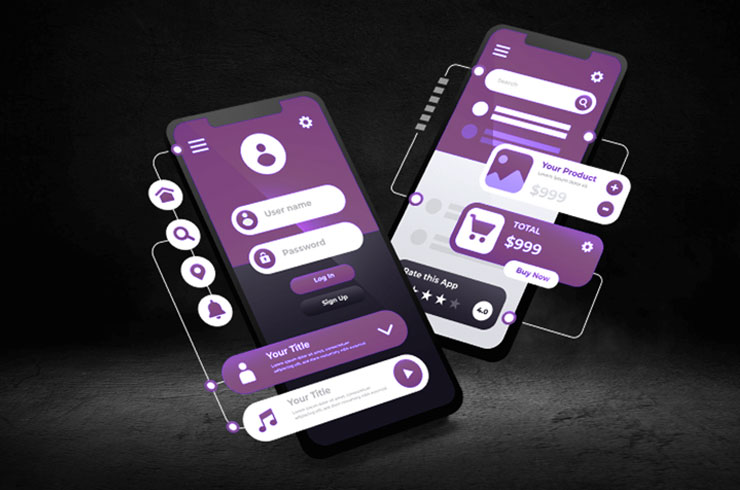Mobile App Development
Mobile app development is the process of creating software applications for mobile devices like smartphones and tablets. It involves various stages, including ideation, planning, design, development, testing, and launch, followed by maintenance and updates. Mobile apps can be developed natively for specific platforms like iOS and Android or using cross-platform frameworks.



Key aspects of mobile app development :
Platforms :
The two dominant mobile operating systems are iOS (Apple) and Android (Google).
Development Approaches:
Native Development : Apps are built specifically for one platform using platform-specific languages (e.g., Swift for iOS, Java or Kotlin for Android).
Cross-Platform Development: Frameworks like React Native or Flutter allow developers to write code once and deploy it on multiple platforms.
Web Apps: These are accessed through a mobile browser and offer a more platform-agnostic approach.
Development Process :
Planning: Defining the app's purpose, target audience, features, and technical requirements.
Design: Creating the user interface (UI) and user experience (UX).
Development : Coding the app's functionality and backend services.
Testing : Ensuring the app works as expected on different devices and scenarios.
Launch : Publishing the app on app stores (e.g., Apple App Store, Google Play Store).
Maintenance : Providing ongoing support, bug fixes, and updates.
Technologies:
Languages like Java, Kotlin, Swift, and C# are commonly used, along with frameworks and libraries specific to each platform.
Backend Services:
Mobile apps often rely on backend infrastructure (servers, databases) for data storage, processing, and API access.
Examples of Mobile App Development :
Native Android apps: Built with Kotlin or Java, targeting the Android platform.
Native iOS apps : Built with Swift, targeting the iOS platform.
Cross-platform apps: Built with React Native, Flutter, or other frameworks.
Web apps: Accessible through mobile browsers.
Importance of Mobile App Development :
Mobile apps have become essential for businesses to connect with customers, provide services, and stay competitive in today's market. They offer a convenient and personalized way for users to access information, conduct transactions, and engage with brands.


